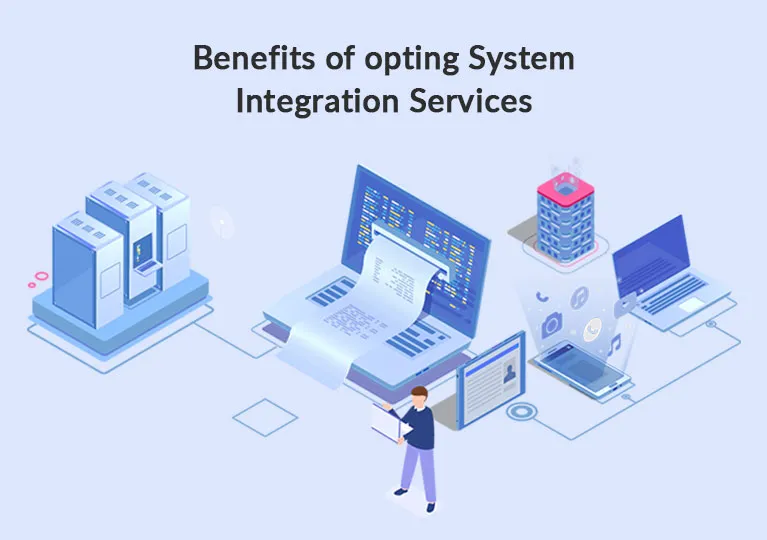Introduction to INS (Inertial Navigation System)
In an era where precision and reliability are paramount, the Inertial Navigation System (INS) emerges as a game changer in various sectors. Whether it’s guiding airplanes through stormy skies or enabling autonomous vehicles to navigate bustling streets, INS is revolutionizing how we understand navigation and positioning technology. This powerful tool harnesses motion sensors to determine position and orientation without relying on external references. As our world becomes increasingly dependent on accurate data for safe travel and operational efficiency, the integration of INS into modern technology has never been more crucial. Let’s explore the top five benefits that make INS indispensable in today’s tech landscape.
The Role of INS in Modern Technology
The Inertial Navigation System (INS) has transformed how we navigate and position ourselves in various technologies. By utilizing a combination of accelerometers and gyroscopes, INS calculates the object’s current position by measuring its motion over time.
This system is critical for applications where GPS may falter. Urban canyons or dense environments often hinder satellite signals. Here, INS shines as it continues to provide reliable data without external input.
In aerospace, maritime navigation, and even smartphones, INS ensures precision in tracking movements. It complements other systems like GPS but stands strong independently when needed.
As technology advances rapidly, the integration of INS into new sectors—such as robotics and IoT devices—is becoming more common. Its ability to function seamlessly in real-time makes it invaluable across numerous industries today.
Benefits of Using INS in Navigation and Positioning
The benefits of using an Inertial Navigation System (INS) in navigation and positioning are significant. First, it operates independently of external signals, offering reliable performance even in challenging environments.
INS provides continuous tracking by measuring acceleration and rotation. This capability allows for real-time position updates without the need for GPS or other external references.
Another advantage is its resilience against interference. Unlike systems that rely on satellite signals, INS remains unaffected by weather conditions or physical obstructions.
Furthermore, the compact design makes it suitable for various applications, from aerospace to marine vessels. Its adaptability ensures seamless integration into existing technologies.
As industries demand increased precision and reliability in navigation solutions, INS stands out as a vital player shaping modern positioning strategies.
Improving Accuracy and Reliability with INS
The integration of INS significantly boosts accuracy and reliability in navigation. By continuously monitoring motion through sensors, it provides real-time data that enhances position tracking.
With its ability to function independently of external signals, INS remains unaffected by factors like GPS outages or interference. This independence ensures a constant flow of accurate information for various applications.
Moreover, the precision offered by INS is vital in high-stakes environments such as aviation and maritime operations. Even minute errors can lead to significant consequences; therefore, utilizing an inertial navigation system minimizes these risks effectively.
In addition to positioning tasks, INS aids in enhancing overall operational efficiency. Its seamless integration with other technologies allows users to make informed decisions quickly based on reliable data streams. As industries evolve, the demand for precise navigation solutions will only grow stronger.
Utilizing INS in Autonomous Vehicles
Autonomous vehicles rely heavily on advanced technologies to navigate safely. INS, or Inertial Navigation System, plays a crucial role in this domain. It provides real-time positioning data by tracking the vehicle’s movements.
With precise measurements of acceleration and rotation, INS enhances the accuracy of navigation systems. This allows autonomous vehicles to make split-second decisions based on their location and environment.
Integrating INS with GPS ensures that even when satellite signals are weak or obstructed, the vehicle can still determine its position accurately. The combination leads to safer driving experiences.
Moreover, as self-driving technology evolves, so does the need for reliable data sources like INS. It not only improves route planning but also supports obstacle detection and avoidance strategies.
As these innovations continue to develop, utilizing INS will be essential for achieving higher levels of automation in everyday transportation.
Enhancing Military Operations with INS
The military landscape has evolved significantly, and the integration of INS plays a pivotal role in this transformation. With its ability to provide precise positioning data without external references, it enhances situational awareness on the battlefield.
INS technology ensures that troops can navigate effectively even in GPS-denied environments. This capability is crucial for operations where stealth and accuracy are paramount.
Moreover, INS supports advanced weaponry systems by guiding missiles and drones with pinpoint precision. By leveraging real-time data, military strategies become more effective and responsive.
Training exercises also benefit from INS technologies, allowing soldiers to simulate various scenarios accurately. The reliability of navigation aids in developing tactical maneuvers under diverse conditions.
As conflicts grow increasingly complex, the use of INS will undoubtedly shape future military strategies and operational success across multiple domains.
Conclusion: The Future of INS in Modern Technology
The future of INS in modern technology appears bright. As industries continue to evolve, the demand for precise navigation and positioning grows exponentially. Emerging technologies like artificial intelligence and machine learning are set to enhance the capabilities of INS even further.
With advancements in sensor technology, we expect INS systems to become more compact and efficient. This will lead to broader applications across various sectors, from consumer electronics to aerospace.
Moreover, as autonomous vehicles gain traction, the role of INS will be crucial for safe navigation in complex environments. The military will also benefit significantly from refined inertial navigation systems that offer enhanced operational effectiveness.
As research progresses and integration deepens into everyday technology, we can anticipate a world where seamless navigation becomes an expected standard rather than a luxury or novelty. The journey of enhancing accuracy through INS has only just begun; its potential is vast and ripe with opportunities waiting to be explored.

